Milling machine tools and machining centers (usually referring to milling machining centers) are both representatives of modern CNC machine tools, both pursuing high precision, high efficiency and high flexibility.
Main difference: core function and working mode
1.Mainfunction and movement mode:
Machining center: The mainfunction is milling (including drilling, tapping, boring, etc.). The workpiece is usually fixed on the workbench (can only do feed movement or indexing rotation, such as a turntable), the spindle (with a milling cutter installed) rotates at high speed and can move on the three linear axes of X, Y, and Z (and possible rotation axes) to cut the workpiece. It is good at machining planes, curved surfaces, cavities, hole systems, etc. Common types include vertical machining centers and horizontal machining centers.
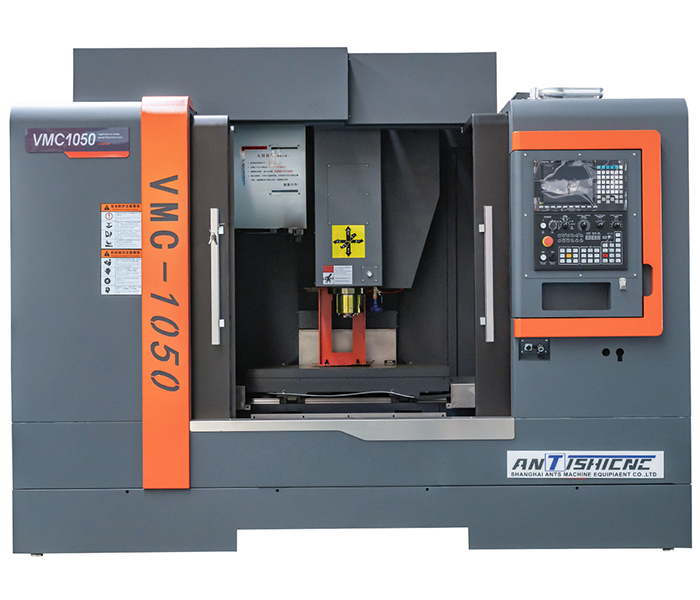 |
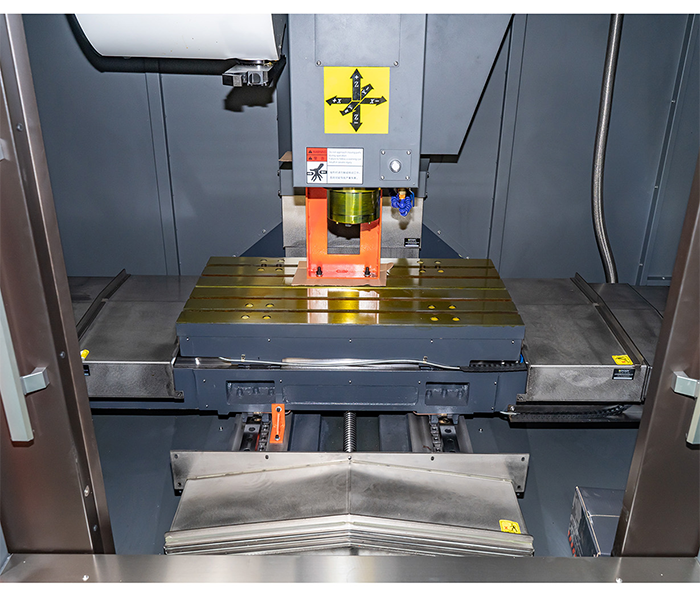 |
Turning and milling machine tools: The mainfunction is to integrate turning and milling (as well as drilling, tapping, boring, etc.) at the same time. The spindle can rotate at high speed to clamp the workpiece for turning (workpiece rotation) like a lathe spindle, and can also install rotating tools (such as milling cutters and drills) for milling (tool rotation) like a machining center spindle. Turning and milling machine tools usually have: Turning spindle (C axis): It can rotate at high speed for turning and can also accurately index and position (as a C axis). Power tool: It is installed on the spindle or turret and can rotate independently like a milling machine spindle. Y axis: It allows the tool to move in a direction perpendicular to the centerline of the turning spindle, which is the key to achieving milling of non-rotating body features. B axis (optional): On some more advanced models, the tool spindle or workpiece spindle can be tilted around the Y axis to achieve 5-axis linkage processing.
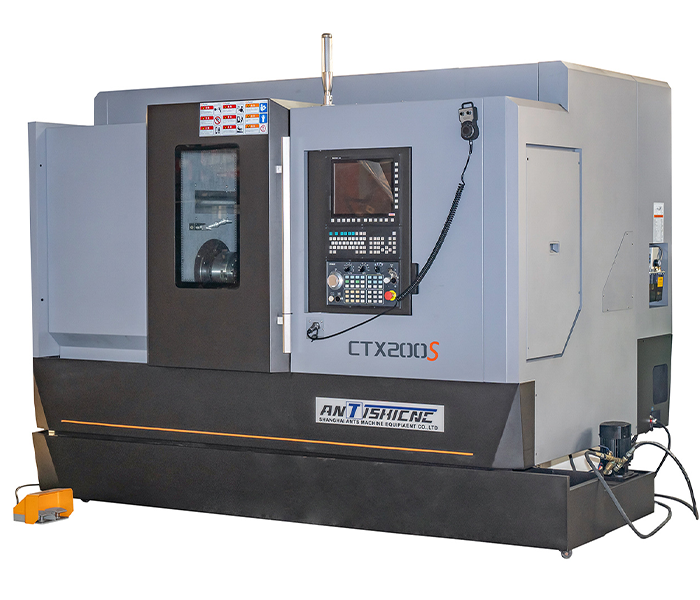 |
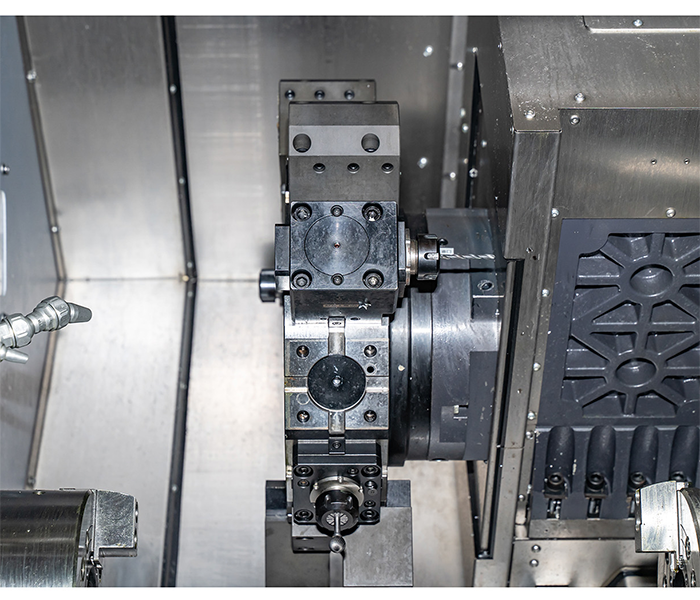 |
Key differences: During machining in a machining center, the workpiece is basically stationary (or only indexed slowly), and the tool rotates and moves at high speed. During turning and milling, the workpiece can either rotate at high speed (turning mode) or be stationary or precisely indexed (milling mode), and the tool can either be stationary (turning tool) or rotate at high speed (milling cutter, drill, etc.).
2.Workpiece type:
Machining center: Good at machining non-rotating parts or complex box and shell parts that require multi-faceted machining. For example: complex contours and hole systems on molds, casings, shells, and flat parts.
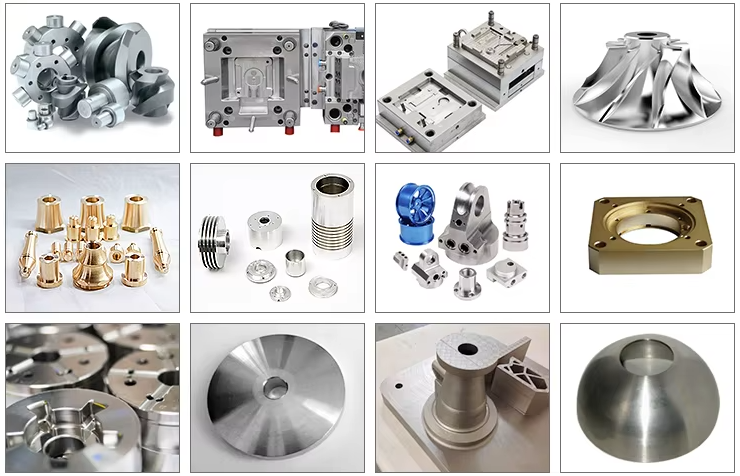
Turning and milling machine tools: They are particularly good at processing complex rotating parts or parts that require turning and milling/drilling/tapping processes. For example: shafts, discs, and sleeves with eccentric holes, radial holes, end grooves, spiral grooves, and non-circular cross-sections. It can complete most or even all processes in one clamping.
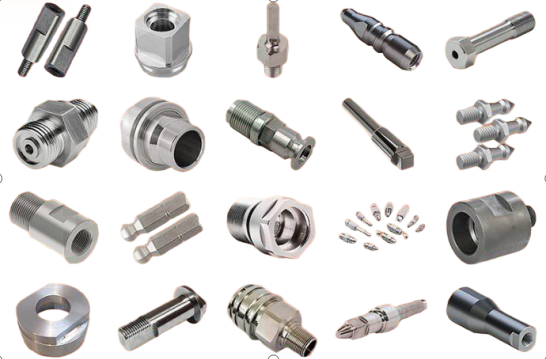
3.Number of clamping times:
Machining center: For complex parts (especially those that require turning and milling), it is usually necessary to transfer and clamp them multiple times between the lathe and the machining center, or to complete them by multiple flip clamping on the same machining center.
Turning and milling machine tools: The core advantage lies in “one clamping, complete all” (Complete in One Setup). The workpiece only needs to be clamped once to complete almost all processes such as turning, milling, drilling, tapping, boring and even grinding (some models), which greatly reduces clamping errors and improves accuracy and efficiency.
Connection and intersection:
CNC essence: Both are highly automated computer numerical control machine tools, programmed using G code or CAM software.
Versatility: They both go beyond the limitations of traditional single-function machine tools.
Machining centers mainly focus on milling processes, but they are powerful.
Turning and milling are a higher level of integration, integrating the two core functions of turning and milling, and are the representative of multi-tasking.
Same goal: All are committed to improving machining accuracy, efficiency, and flexibility, reducing manual intervention and process flow, and realizing automated production of complex parts.
How to choose?
If your parts are mainly milled, especially large planes, complex cavities or polyhedrons, machining centers are usually a more efficient and economical choice.
If your parts are complex shafts and sleeves, and you need to turn the outer circle and inner hole while also milling the side features, drilling radial holes, tapping, etc., then the advantage of “one clamping to complete everything” of the milling machine is extremely obvious, which can significantly improve accuracy and efficiency and reduce overall costs, even if the price of a single device is higher.
If you have any questions about the ANTS machining center and milling machine, please feel free to contact the Shanghai ANTISHICNC technical team!
Email information: contact@antsmachine.com
For more product information, please visit: https://www.antsmachine.com/
Keywords: machining center, vertical machining center, horizontal machining center, 5-axis machining center, milling machine, turning and milling machine


